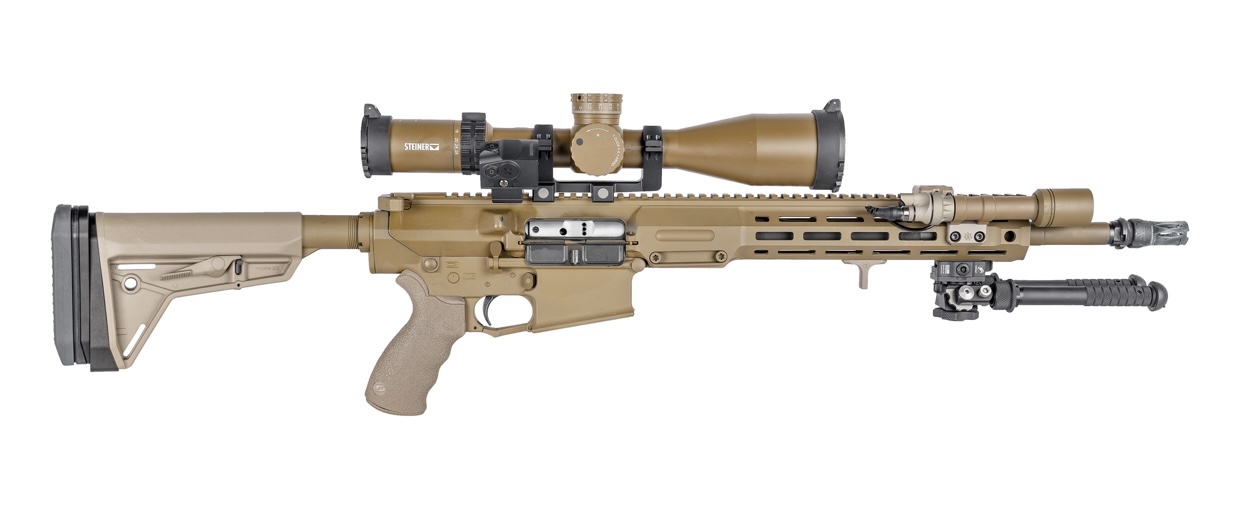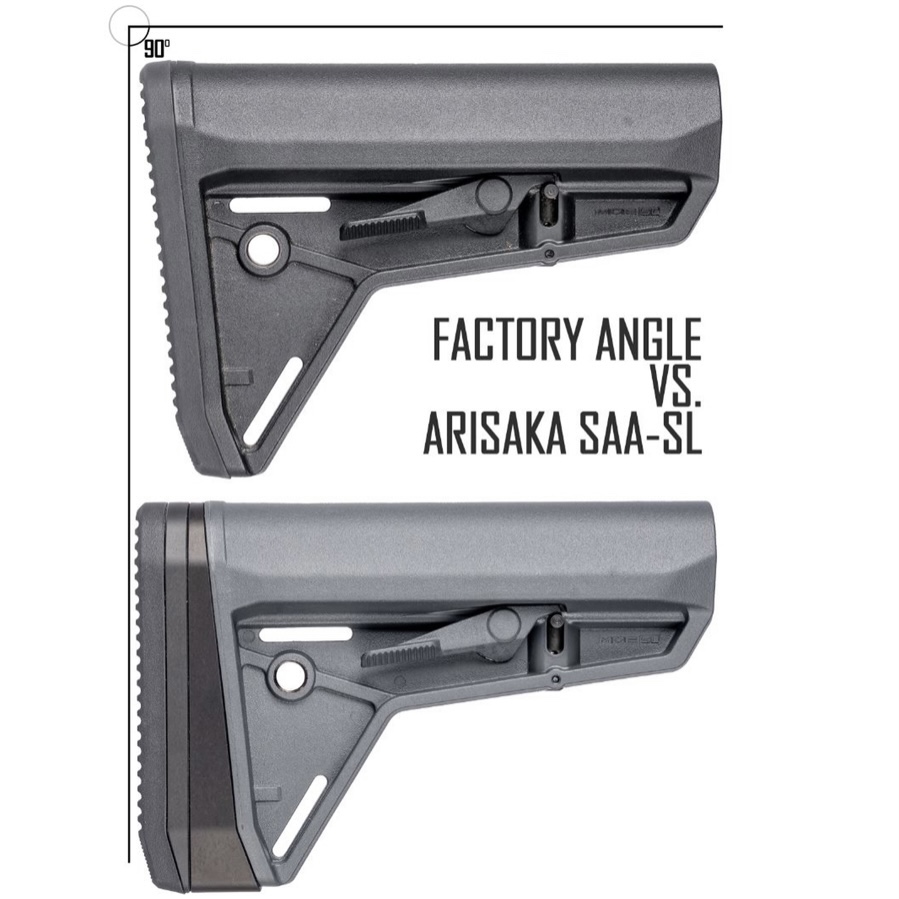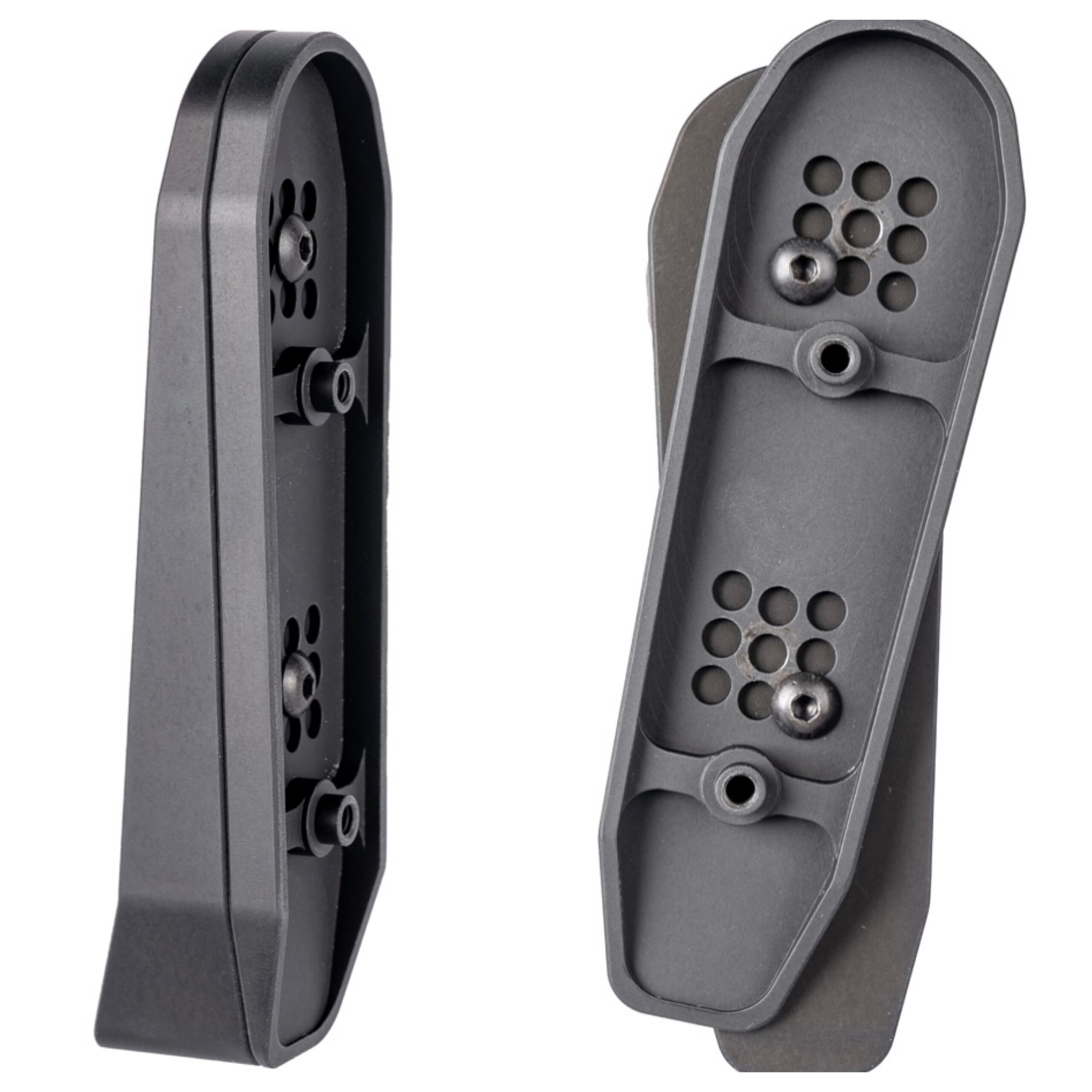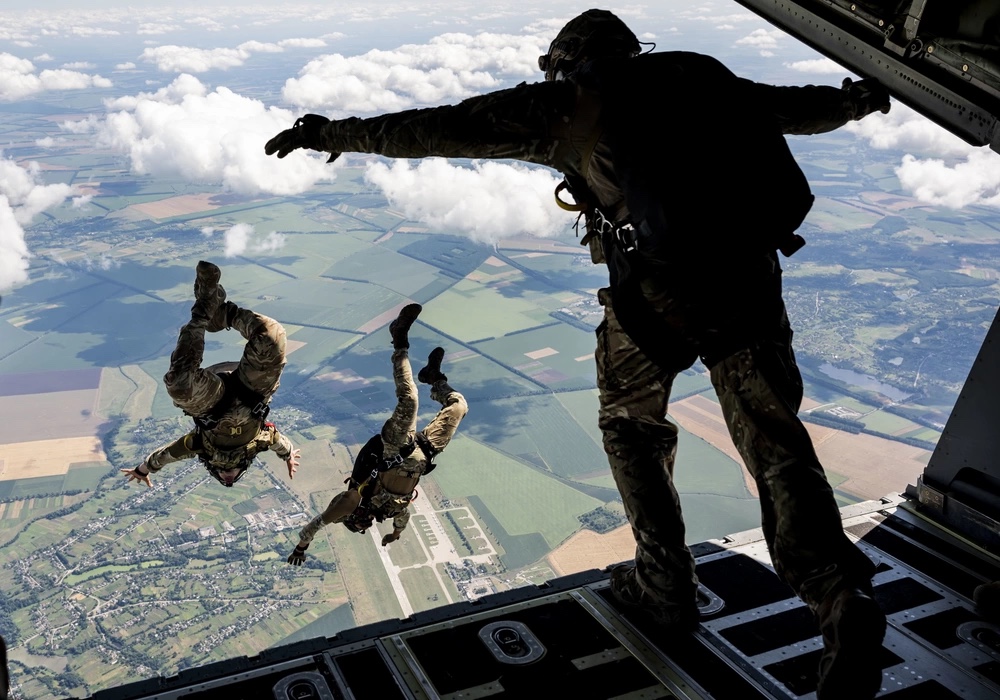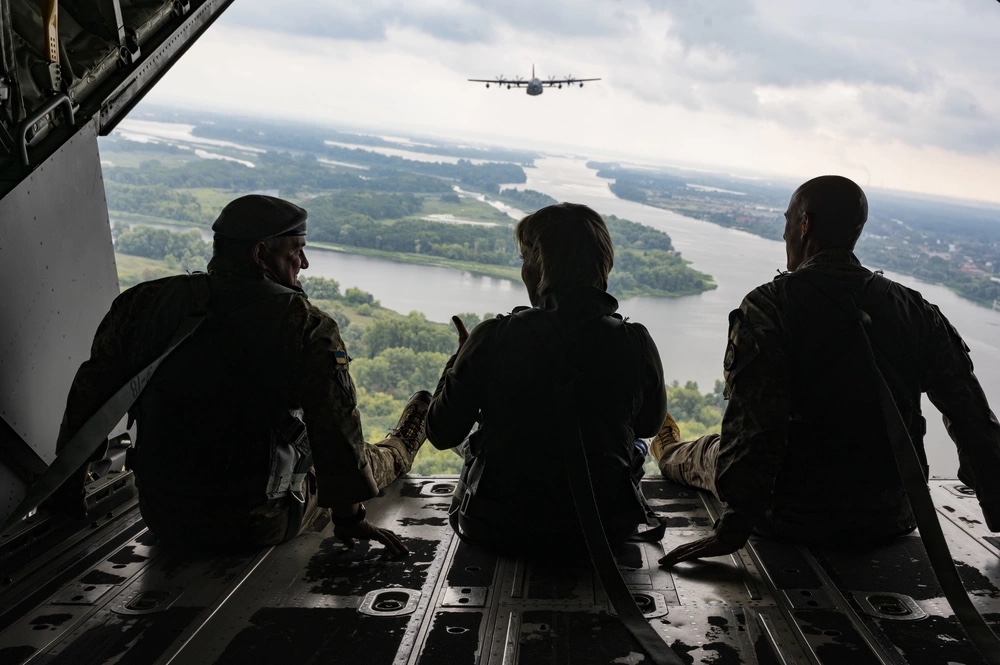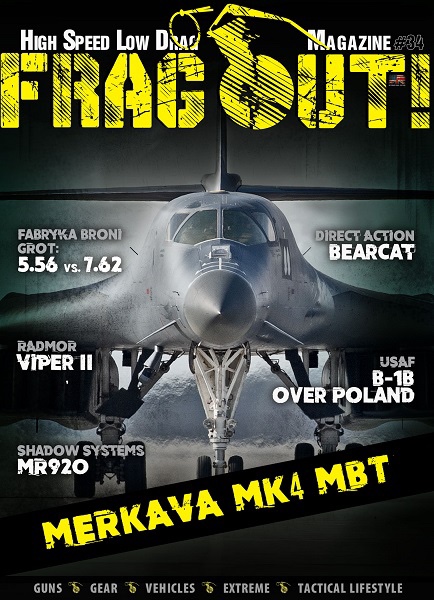IRVINE, C.A., (September 9, 2021) – In honor of the 20 the anniversary of the September 11 the attacks, 5.11, Inc., the global leader in innovative, purpose-built apparel, footwear, and gear, has released the 12-minute documentary short film, Call to Service: The Final Rescue of 9/11. The film commemorates the stories of several New York first responders to arrive at the Twin Towers on 9/11, and also recounts the patriotism that supported, motivated and comforted them in the days, weeks and months ahead.
A preservation of oral history, the documentary short film shares the firsthand accounts from several members of the New York City Police Department and New York City Fire Department in explicit detail. The challenges, the fear, and the danger they faced on September 11, 2001 were unparalleled. Their innate desire to protect and serve, in combination with the national sense of camaraderie, fueled their charge to search for survivors.
The September 11th story of Patrick McGee, NYPD-ESU (Ret.) and Scott Strauss, NYPD-ESU (Ret.), were originally documented in the 2006 Paramount Pictures film World Trade Center. In 5.11’s Call to Service: The Final Rescue of 9/11, Strauss recounted, “The film was one of the few times Hollywood made something less intense than it was. There was no room to get out if we had to… I asked my kids to be good. I asked them to take care of mom. Make me proud. And I apologized for getting myself killed, as I crawled down this hole thinking I wasn’t going to get out.”
Strauss continued, “September 12th brought us the support we needed. The patriotism went on from September 12th for months – the entire country came together. It wasn’t just firefighters and police, there were civilians helping civilians get down those stairs.”
“These individuals truly embodied the preparedness and self-reliance we strive for as a brand,” said 5.11’s Chief Marketing Officer, Debra Radcliff. “Always Be Ready means more than just your gear – it’s your mental state and strength, your emotional stability and control; being able to remain calm when lives, including your own, are on the line. Their actions and words are inspiring, and we can all use their experiences to be motivated to live the spirit of 9/12 every day.”
“Our motivation for producing this documentary is to show our unwavering support for those who serve our communities and our nation,” said 5.11’s Chief Executive Officer, Francisco J. Morales. “Our focus as a brand has always been serving those who serve. This film is a tribute to honor and remember the law enforcement, fire, emergency services professionals and even the public who banded together to support one another in a time of crisis that our country will never forget.” In closing, Morales shared, “September 12 this now called Patriot Day for a reason – let us all remember the strength of humanity, our nation, and all those who serve and strive for the greater good.”
The short film documentary Call to Service, The Final Rescue of 9/11 is available for viewing now. Over the coming days, the full interviews with each of the participants will also become available for viewing.
For more information on 5.11, please visit www.511Tactical.com. Connect with 5.11 on Facebook, Twitter @511Tactical and on Instagram @511Tactical and #511tactical.



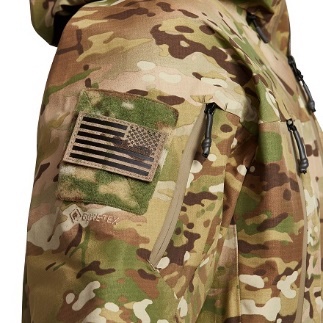 This allows for Federal, and participating state/local governments to purchase Sitka Arrowhead products quickly and easily. From base-layers to Wet Weather Protective gear,
This allows for Federal, and participating state/local governments to purchase Sitka Arrowhead products quickly and easily. From base-layers to Wet Weather Protective gear, 